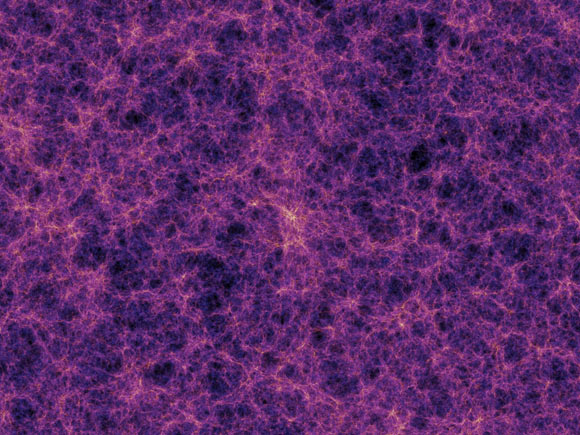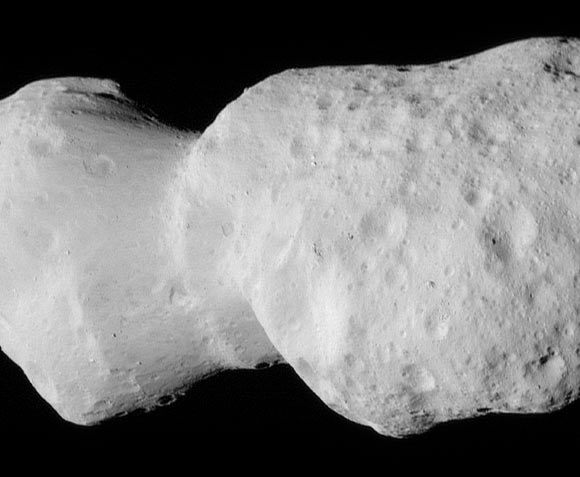Now Reading: Study Suggests Universe May Rotate Every 500 Billion Years
-
01
Study Suggests Universe May Rotate Every 500 Billion Years
Study Suggests Universe May Rotate Every 500 Billion Years

Quick Summary
- Researchers from the University of Hawai’i propose that the Universe might rotate extremely slowly, contrary to existing beliefs about expansion in all directions.
- The idea aims to address the “Hubble tension,” a persistent disagreement between two methods measuring the Universe’s expansion rate: one based on distant supernovae and another using relic radiation from the Big Bang.
- Astronomers developed a mathematical model allowing for tiny rotation, which resolved this paradox without contradicting current astronomical observations.
- The proposed slow rotation suggests a cosmic spin every 500 billion years – undetectable with current instruments but potentially influencing space’s expansion over time.
- findings indicate that this hypothesis aligns with known laws of physics and could resolve discrepancies in measurements related to cosmic growth.
- Next steps include creating extensive computer models and identifying observable indicators of this subtle rotation.
!Image depicting cosmic web structure: vast cobweb-like filaments tying galaxies together.
Image Credit: Springel et al. / Max Planck Institute for Astrophysics
Indian Opinion Analysis
The proposal that our Universe might rotate, addressing long-standing issues like Hubble tension, marks an intriguing advance in cosmology. If validated through computer modeling or observational evidence, it could redefine fundamental aspects of astrophysics and physical laws governing space-time dynamics. For India-a country pursuing ambitious space exploration programs such as those led by ISRO-such developments offer compelling opportunities for collaboration in global astronomy projects or theoretical modeling efforts.
Moreover, understanding any potential cosmic rotation underscores humanity’s expanding scientific boundaries and highlights India’s intellectual contributions to sectors like mathematics and astrophysical theories.However, practical verification remains challenging due to technological limitations; thus collaborative frameworks at global observatories are crucial moving forward. Until then, hypotheses like thes remind us how much more there exists beyond what is currently measurable.



























